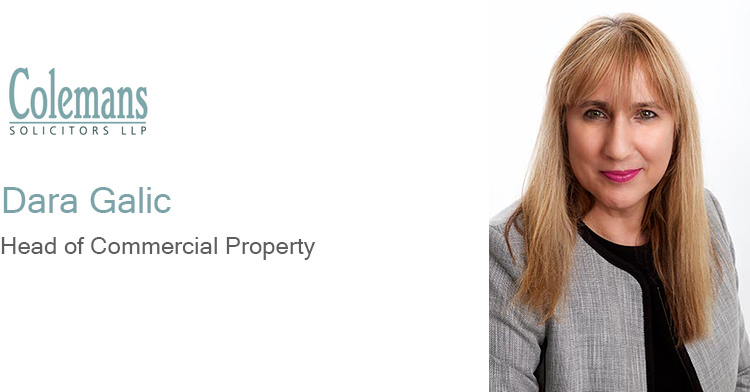
Minimum Energy Efficiency Standards for Commercial Properties and How They Affect You
5th March 2021 4:21 pm Comments Off on Minimum Energy Efficiency Standards for Commercial Properties and How They Affect YouThe Energy Efficiency (Private Rented Property) (England and Wales) Regulations 2015 (SI 2015/962), known as the MEES Regulations for reasons that will become obvious, require a “minimum energy efficiency standard” to be met before properties can be let in certain circumstances. The aim is to improve the energy efficiency of both residential and commercial private rented property as called for by the Energy Act 2011, but this note is only concerned with commercial properties.
From 1st April 2018, a landlord of premises that does not meet these minimum standards for commercial private rented property, must not grant a new tenancy unless either (a) the landlord makes sufficient energy efficiency improvements to the property so that it is no longer sub-standard or (b) the landlord can claim a legitimate reason not to do so and this has been validly registered on the Private Rented Sector (PRS) Exemptions Register. On or after 1 April 2023 it will also be an offence if a landlord is already letting a commercial property where its energy efficiency is sub-standard.
What is sub-standard property
The MEES Regulations use an energy performance certificate (EPC) to determine this and currently if a property has a valid EPC rating of E or better, it is not considered “sub-standard” and the MEES Regulations will not apply. If a property has a valid EPC rating of F or G, the property is considered “sub-standard”. An EPC is valid for ten years and is available for public viewing on a central EPC register.
When MEES Regulations do not apply
Certain buildings do not require an EPC such as:- an industrial site or a workshop with a low energy demand; a small building (if it has a total floor area of less than 50 metres squared) – an example of which is a kiosk; temporary buildings with a time of use of 2 years or less; and a religious building (used both as a place of worship and for religious activities). The MEES Regulations also do not apply to lettings for not less than six months or for tenancies of 99 years or more.
Exemptions
If it is not possible for a landlord to improve the energy efficiency of a sub-standard property, then it will be exempt from the MEES Regulations if one or more of the following exemptions applies:-
Consent exemption
If a landlord requires a consent from a third party, for example from a tenant, superior landlord, or a mortgage company and such consent has not been granted despite the landlord using reasonable efforts to obtain such consent the property will be exempt.
Relevant improvements exemption
Where sufficient relevant energy improvements have been made or there are no such improvements which can be made and as a result, the property continues to be sub-standard.
Other Exemptions and Grace Periods
There are other exemptions which may apply such as a devaluation exemption. This is where a landlord can obtain an exemption if he has an independent report from a surveyor confirming that the energy efficiency improvements will result in a reduction of more than five per cent of the market value of the property.
A temporary six month grace period where enforcement action will not be brought can permit a landlord to carry out improvement works and to then if necessary, apply for an exemption.
Registration of an exemption
In all cases exemptions must be applied for and registered with relevant expert evidence as necessary. They will last for five years after which time, the landlord will either need to improve the EPC rating or apply for and register a further exemption.
Fines and Enforcement
Although a lease that has been granted remains valid, a landlord will run the risk of enforcement action if it has not complied with the requirements of the MEES Regulations. The maximum financial penalty for letting a sub-standard property in breach of MEES Regulations varies according to the type of property and the length of the breach prior to the date of the service of the penalty notice. The financial penalty can be up to £150,000 for letting a sub-standard property for three months or more so this is not something that landlords can afford to ignore! Of course, the landlord also risks bad publicity in a world that is growing increasingly aware of and concerned by “green” issues.
Impact of MEES
As EPC Regulations do not limit who can commission an EPC for a property, most landlords now will want to include clauses in a new lease controlling how and when an EPC is commissioned so as to reduce the likelihood of an EPC with a sub-standard rating coming into existence. Landlords need to assess their property portfolios now to consider whether there have accurate EPCs for their properties and check relevant lease terms. A landlord should get legal advice in respect of the MEES Regulations when granting a lease to ensure that the lease includes the necessary clauses.
It is very clear that landlords who are unaware of or ill-informed about the MEES Regulations are taking a gamble that could prove to be very expensive indeed. To avoid being one of those landlords, to get specific advice tailored to your property portfolio or to simply find out more about the MEES Regulations and the duties they impose on landlords, please do not hesitate to contact the Commercial Property department at Colemans via Dara Galic by telephoning 01628 631051 or by email to commercialproperty@colemans.co.uk
Categorised in: Latest news, Uncategorised
This post was written by Colemans Solicitors LLP
